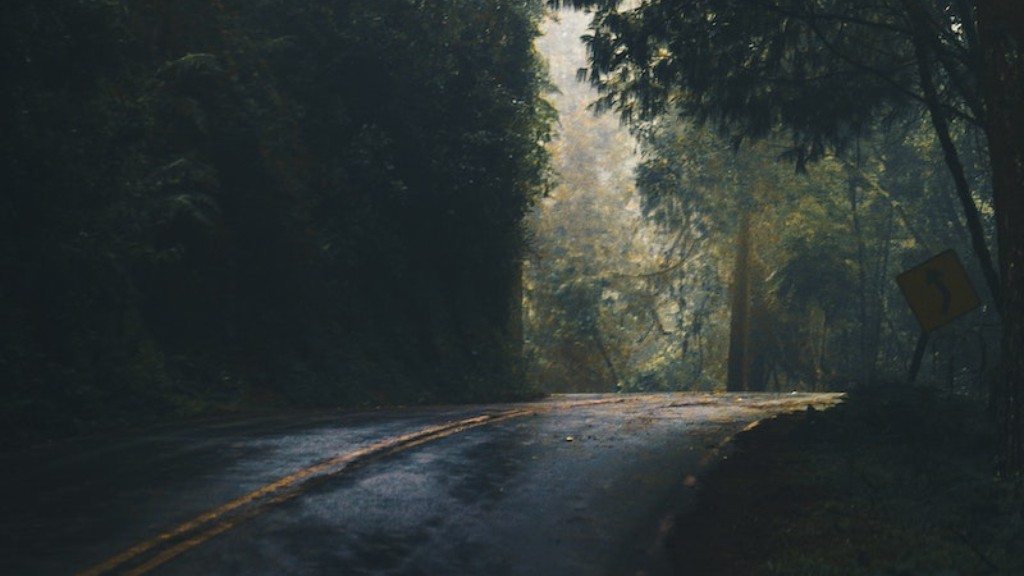How many countries have the Amazon Rainforest?
The Amazon rainforest is one of the most biodiverse and vital ecosystems on our planet. Spanning across several countries in South America, this tropical rainforest is home to numerous species of plants, animals, and indigenous communities. In this article, we will explore the countries that have portions of the Amazon rainforest and the significance of this vast expanse of greenery.
The Amazon rainforest extends across nine countries in South America. These countries include Brazil, Peru, Colombia, Venezuela, Ecuador, Bolivia, Guyana, Suriname, and French Guiana. Each country plays a crucial role in the preservation and protection of this invaluable natural resource.
Brazil holds the largest portion of the Amazon rainforest within its borders. It covers approximately 60% of the entire rainforest, making it an essential player in conservation efforts. The Brazilian government has taken several initiatives to combat deforestation and illegal activities within the region, recognizing the importance of the Amazon for not only its ecological value but also for its contributions to combatting climate change.
Peru comes second in terms of the extent of the Amazon rainforest within its territory, with around 13% of the total rainforest located there. This portion of the rainforest is rich in biodiversity and is home to various indigenous communities. The Peruvian government has implemented measures to protect the rainforest and its inhabitants, recognizing the need for sustainable development practices that do not harm this delicate ecosystem.
Colombia, with around 10% of the Amazon rainforest, is another important custodian of this natural wonder. The Colombian government has made efforts to preserve this unique habitat by designating protected areas and national parks within its borders. These initiatives aim to protect the flora, fauna, and indigenous communities that rely on the rainforest for their livelihoods.
Venezuela, Ecuador, Bolivia, Guyana, Suriname, and French Guiana also have portions of the Amazon rainforest within their countries. Each of these nations faces their own challenges in preserving the rainforest, but they collectively recognize its ecological importance and strive to protect it through various means.
Experts emphasize the significance of the Amazon rainforest not only for its incredible biodiversity but also for its role in climate regulation. The lush vegetation within the rainforest serves as a carbon sink, helping to mitigate the impact of greenhouse gas emissions. It also influences regional and global rainfall patterns, making it a vital component of the Earth’s climatic systems.
Illegal deforestation and unsustainable practices pose significant threats to the Amazon rainforest. The clearing of land for agriculture, logging, and mining activities can irreversibly damage this delicate ecosystem. It is crucial for governments, organizations, and individuals to work together to protect and restore the rainforest.
Preservation Efforts
Various initiatives have been implemented to preserve the Amazon rainforest. These include international agreements, government regulations, and conservation projects led by nonprofit organizations. One prominent initiative is the Amazon Rainforest Conservation Program, a collaboration between multiple countries and organizations dedicated to safeguarding the rainforest.
The program focuses on promoting sustainable land-use practices, supporting local communities, and conducting research to better understand the ecological dynamics of the rainforest. By actively involving local communities and indigenous groups, the program ensures that their traditional knowledge and sustainable practices are valued and integrated into conservation efforts.
Moreover, international pressure has played a significant role in raising awareness about the importance of the Amazon rainforest. Organizations and activists worldwide have advocated for stronger protections and encouraged governments to take swift action against deforestation and illegal activities.
Looking ahead, it is crucial to continue supporting these preservation efforts. Governments must strengthen regulations and allocate resources for enforcement, while individuals can contribute by making sustainable choices and supporting organizations working towards rainforest conservation.
Indigenous Communities and the Amazon Rainforest
Indigenous communities have inhabited the Amazon rainforest for thousands of years, living in harmony with nature and relying on its resources for their survival. These communities hold traditional knowledge and practices that contribute to the sustainable management of the rainforest.
However, indigenous communities face numerous challenges, including territorial disputes, illegal invasions, and the encroachment of modern society. It is crucial to respect their rights and include them in decision-making processes that affect the rainforest, as their sustainable practices and deep connection to the land are vital for its preservation.
The international community must acknowledge and support the rights of indigenous communities, ensuring their voices are heard in discussions about the future of the Amazon rainforest. Collaborative efforts that recognize their rights and empower them as stewards of the land can lead to more effective conservation strategies.
Ecotourism and the Amazon Rainforest
Ecotourism has emerged as a potential solution to support rainforest conservation while benefiting local communities economically. Sustainable tourism practices can raise awareness about the importance of the Amazon rainforest and provide financial incentives for its protection.
Communities residing near the rainforest can offer guided tours, allowing visitors to experience the incredible biodiversity and learn about indigenous cultures. These tours often prioritize minimum environmental impact and ensure that a portion of the profits goes back into conservation efforts and community development.
However, careful management is crucial to prevent excessive tourism that may harm the rainforest or disrupt traditional lifestyles. Balancing the needs of tourism, conservation, and cultural preservation is essential to ensure the long-term sustainability of ecotourism in the region.
Technological Innovations in Rainforest Monitoring
New technologies have played a crucial role in monitoring and protecting the Amazon rainforest. Satellite imagery, remote sensing, and data analysis allow researchers and conservationists to assess deforestation rates, identify illegal activities, and detect potential threats to the ecosystem.
Additionally, innovative tools such as acoustic monitoring and drones equipped with sensors have provided new ways to capture data and monitor wildlife populations. These advancements enable more effective conservation strategies and help authorities respond swiftly to illegal activities.
Continued investment in technology and research is necessary to improve rainforest monitoring capabilities further. By leveraging these advancements, we can enhance our understanding of the rainforest and strengthen conservation efforts to protect this invaluable natural treasure.





